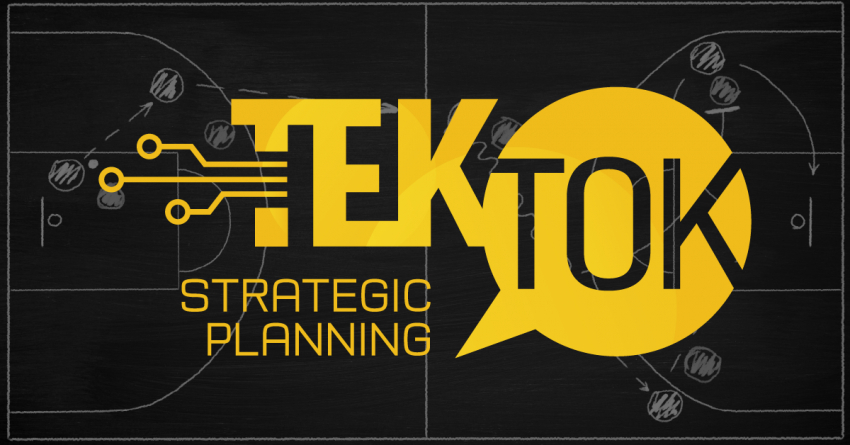In order to do anything meaningful, you have to know where you are going. A strategic plan looks out over the next few years and lays a solid foundation from which your annual business and marketing plans will be based. The following list includes many of the most common terms used in AEC strategic planning.
Action Plan: the specific actions that must be taken to execute your strategic plan. The plan should name who is responsible or involved and a timeline for execution. It should allocate human and financial resources as well as specify measures to track implementation. Make sure all employees are aware of the action plan and their role in implementing it.
Competitor Analysis: different from a competitive analysis, this process involves monitoring your current or potential competitors to learn what services they offer, how they price their services, and how they position themselves to win work. By comparing yourself to competitors, your firm can identify how it is different and better.
Conventional Model Strategic Planning: the most common model of strategic planning, it is ideal for firms that have sufficient resources to pursue ambitious goals and do not have a large a number of current issues to address. Some people believe this approach too often produces a long sequence of activities that are not dynamic or robust. Conventional strategic planning is in contrast to issues-based, real-time, alignment and organic models of strategic planning.
Core Competence: the capabilities, knowledge, skills, and resources that differentiate you from your competitors. Recognizing client needs and changing market conditions, high-performing companies develop new core competencies and expand existing ones to create a competitive advantage.
Driving Forces: critical factors—such as economic, demographic, technological, or competitive—that constitute threats or create opportunities for your firm. These influences should be considered when conducting an external analysis.
External Analysis: examining the outside factors that affect your firm in a positive or negative way. By identifying the opportunities and threats, your firm can make and implement decisions that help it move forward and become more competitive. A client perception survey is part of the external analysis. External and internal analyses comprise the situational analysis.
Internal Analysis: a hard look at the overall firm to determine its strengths and weaknesses. Commonly evaluated characteristics include functional areas such as finance, human resources, IT, and marketing. The analysis also can include resources, expertise, workload, policies, procedures, and compensation. Conducting a detailed survey from a good sampling of employees at different levels will help shape your strategic approaches.
Mission Statement: a practical, achievable statement that describes where the firm is going. The statement can vary widely in terms of content and scope but should answer “what is the purpose of our business” and “where do we want to go.” Much more directed than a vision statement, your mission statement guides the day-to-day operations of your organization.
Strategic Planners: members of the organization who are directly involved in conducting the strategic planning process. The group should be composed of representatives of all the firm’s relevant teams. Facilitators help make sure strategy sessions are productive and successful to build a robust strategy.
Positioning Statement: a clear, concise description of what your firm does, for whom, and what makes the services you provide different or unique. The statement can apply to the entire organization or for each market sector or service.
Strategy: the foundation for all activities within the organization. It is based on research, planning, and internal discussion and defines your long-term plan to achieve goals. Strategy is the overarching plan or set of goals. Tactics are the actions or steps to get there.
Strategic Goal: a measurable objective you hope to achieve over a specific period of time.
Strategic Issue: an unresolved challenge that is often derived from internal and external analyses. Resolving the strategic issue will help move an organization toward its vision.
Tactic: a series of short-term, small activities that have a clear purpose and aid in accomplishing your strategy.
Value Statement: the message that conveys the values and priorities of an organization. It communicates to clients what’s important to your business and the kind of culture it has. The statement can reflect both actual and aspirational values and be used internally and externally.
Vision Statement: a concise expression of what your firm aspires to be. Both aspirational and inspirational, the statement outlines the ideals of your business and clarifies priorities to provide a direction for the future. A vision statement is not about the fine details to establish or grow your business, instead it establishes a big picture to help you make clear decisions.






